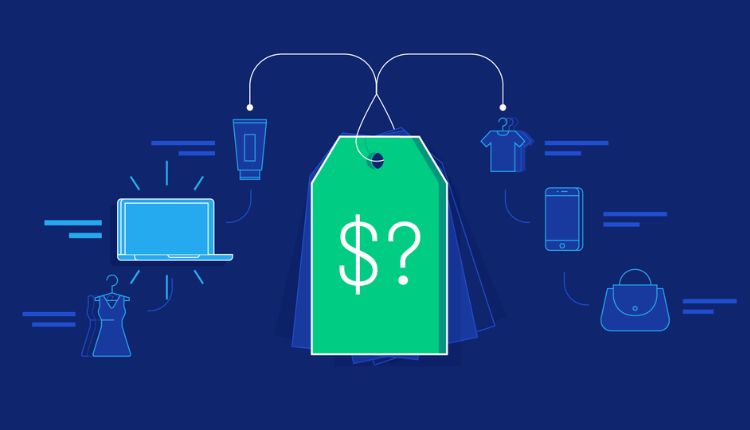In today’s competitive marketplace, it is not enough for brands to simply create products and wait for customers to come to them. Rather, successful companies must actively engage with their target audience to build brand loyalty and increase sales. This is where shopper marketing comes in.
Shopper marketing is a strategic approach that aims to influence a customer’s purchasing decision at the point of sale. This involves a range of marketing tactics designed to engage shoppers while they are in the store, such as product displays, promotions, and in-store advertising.
The goal of shopper marketing is to create an immersive and memorable shopping experience that encourages customers to choose one brand over another. In this article, we’ll take a closer look at shopper marketing and provide some tips for attracting the right customers.
Understanding Shopper Behavior
Before we dive into the tactics of what is a shopper, it’s important to understand the behavior of shoppers. This will help brands to create targeted and effective marketing campaigns that resonate with their audience.
There are several factors that influence shopper behavior. These include:
- Personal preferences and tastes
- Budget constraints
- The influence of family and friends
- The impact of advertising and promotions
- The convenience of the store location
By understanding these factors, brands can tailor their shopper marketing strategies to better meet the needs of their target audience.
Creating a Shopper Marketing Strategy
To attract the right customers, brands need to develop a comprehensive shopper marketing strategy. This involves several steps, including:
Identify your target audience
The first step is to identify your target audience. This could be based on factors such as age, gender, income, or location. By understanding your target audience, you can create marketing campaigns that resonate with their specific needs and preferences.
Define your unique selling proposition (USP)
Your USP is what sets your brand apart from the competition. It could be the quality of your products, the convenience of your store location, or the value you offer customers. By defining your USP, you can create messaging that highlights your unique strengths.
Develop in-store marketing tactics
In-store marketing tactics can include everything from product displays and promotions to digital signage and interactive kiosks. These tactics should be designed to create an immersive and engaging shopping experience that encourages customers to make a purchase.
Utilize data and analytics
Data and analytics can provide valuable insights into shopper behavior. By analyzing data on purchasing patterns, store traffic, and customer feedback, brands can refine their shopper marketing strategies to better meet the needs of their audience.
Monitor and adjust your strategy
Shopper behavior is constantly changing, so it’s important to monitor and adjust your shopper marketing strategy accordingly to avoid what we call marketing myopia. This may involve updating your in-store displays, revising your promotions, or refining your messaging to better resonate with your target audience.
Tips for Attracting the Right Customers
Once you have a solid shopper marketing strategy in place, there are several tactics you can use to attract the right customers. These include:
Create a strong visual identity
A strong visual identity is essential for creating a memorable brand experience. This can include everything from the design of your store displays to the packaging of your products. By creating a cohesive and visually appealing brand identity, you can stand out from the competition and attract the attention of your target audience.
Offer targeted promotions
Promotions can be an effective way to attract customers, but they need to be targeted to be effective. By analyzing customer data, you can identify the products and promotions that are most likely to resonate with your audience.
Focus on the customer experience
The customer experience is key to building brand loyalty and attracting repeat business. By creating a welcoming and engaging store environment, you can create a positive shopping experience
Conclusion
Shopper marketing is a strategy that focuses on influencing consumers at the point of purchase, with the goal of driving sales and creating loyal customers. By understanding your target audience and their shopping behaviors, you can develop effective shopper marketing strategies that attract the right customers. Remember to regularly monitor and analyze your results to refine your strategies and ensure that they are delivering the desired outcomes.
